On a baking June afternoon in Karachi last year, temperatures climbed past 47 °C, and the city’s people moved like shadows, hugging the edges of buildings in search of shade. Power cuts turned homes into ovens and hospitals overflowed with heat‑stroke patients. It was the latest in a string of heatwaves that have become lethal in Pakistan’s cities. According to a Inside Climate News report, the 2024 heatwave pushed night‑time temperatures over 32.5 °C and brought the mercury to 47.2 °C, filling morgues with bodies; official tallies counted 427 deaths, but NGO reports suggested the toll was far higher[1].


The same story notes that unplanned development has replaced 80 % of Karachi’s green cover since 2000[2], leaving dense districts hotter and more humid than their wealthier counterparts: “the poorer the region, the hotter it is,” explained anthropologist Ali Zaidi[3]. Lahore, once famed for its gardens, has lost 25 % of its agricultural land since 2000, with green areas covering only 3.3 % of the city[4]. Such statistics illustrate the scale of Pakistan’s urban heat‑island problem and the urgency of solutions.
A abridged version of This Artcle publsihed in Minute Mirror: https://minutemirror.com.pk/pocket-parks-big-cooling-for-pakistans-scorching-cities-440496/
Small Gardens, Big Idea
Enter the pocket park. Born in mid‑20th‑century Philadelphia, these are tiny urban oases squeezed into leftover spaces—vacant lots, traffic islands, rooftops or nooks between buildings. A pocket park is typically a few city lots in size and is designed to provide greenery, seating, playgrounds and peace amid the bustle[5]. Their small footprint allows them to fit into the dense fabric of existing neighbourhoods and to be built quickly and cheaply. They may seem like modest interventions, yet research from China to the United States suggests that pocket parks punch above their weight.


A comprehensive simulation study of Xi’an, China, found that high‑density pocket parks reduce summer air temperatures by 0.6–1.1 °C at the block scale[6], with higher tree density delivering better cooling[7]. A separate study in Shanghai reported that surface temperatures inside pocket parks were about 4 °C lower than in adjacent concrete areas and that air temperatures fell 1.2 °C; overall thermal comfort improved by 3.7 °C[8]. These parks cool their surroundings by providing shade and by evapotranspiration—a natural form of air‑conditioning[9]. Crucially, pocket parks don’t require vast plots of land; they can occupy leftovers where large parks are impossible, making them well‑suited to high‑density Pakistani cities.
Beyond Cooling: Social and Environmental Payoffs
The benefits extend beyond microclimates. The Arab News article on Saudi pocket parks notes that such spaces purify air by absorbing pollutants and releasing oxygen[10]. They also foster biodiversity, encouraging insects and birds, and reduce carbon emissions by promoting walking and cycling[11]. An American Recreation Council article lists psychological and community impacts: small‑scale parks reduce stress, improve mood and enhance physical health[12]; they become neighbourhood hubs, boosting social cohesion and even community safety[13].


Research from Philadelphia found that turning vacant lots into pocket parks cut gun assaults and vandalism and left residents reporting less stress and more exercise[14]. During the COVID‑19 pandemic, planning scholars argued that pocket parks could serve as “lifelines” for under‑served urban communities, providing accessible green spaces that improve physical and mental health[15].
Pakistan’s Shrinking Green Space
Against this background, Pakistan’s metropolises look startlingly bare. Karachi averages just 4.17 m² of green space per person, less than half the World Health Organization’s recommended 9 m²[16]. AI mapping of the city shows glaring inequalities: some union councils enjoy over 80 m² per capita, while others have less than 0.1 m²[17]. The Karachi Metropolitan Corporation oversees around 1,800 parks, but 650 are under encroachment, and many more are unusable; environmental groups estimate that 10,000 sites still hold potential for conversion into multi‑use green spaces[18]. Lahore’s built‑up area has ballooned from 438 km² in 2000 to 759 km² in 2024, while farmland shrank from 1,161 km² to 873 km²[4]. The result is a patchwork of asphalt and concrete that traps heat[19].

Citizens are paying the price. In Karachi, meteorologists recorded temperature differences between open, green areas and industrial zones of two degrees Celsius[20]. Those living near the sea once enjoyed evening breezes; now high‑rise buildings block the wind and create “a hot bubble where it is difficult to even breathe”[21]. Heatwaves disproportionately kill the poor and those working outdoors[22]. A lack of neighbourhood parks also restricts recreational space, leaving residents to walk along roads choked with traffic, further exposing them to pollution.
Green Havens in Karachi: Evidence from Pocket Parks
Some local experiments provide hope. A 2024 study on Karachi’s Pakistan Chowk and Petal Residency pocket parks described them as “essential assets” that improve air quality, reduce the urban heat island, offer recreational space and foster social cohesion[23]. These pocket parks converted underutilised plots into vibrant community hubs, showing that even small interventions can transform neighbourhoods[24]. Similar successes appear in other green projects: the Neher‑i‑Khayyam urban forest, planted with native trees, has brought down temperatures and attracted birds and insects previously absent[25]. Nevertheless, missteps offer lessons: Karachi’s mass planting of Conocarpus trees—an imported species—blocked breezes and consumed scarce water[26], illustrating the importance of using native, drought‑tolerant species.

Policy Pathways for Pakistani Cities
Large urban parks and tree‑planting drives remain important, but pocket parks offer a complementary, rapid‑deployment solution. The Karachi Climate Action Plan recognises the need to increase urban green spaces and calls for native tree species, rooftop gardens, shaded bus stops and lighter‑coloured pavements to reduce heat stress[27]. It emphasises community engagement and measurable goals such as increasing canopy cover and reducing urban heat islands[28]. Urban afforestation and ecosystem‑based adaptation form key pillars[29], with greening strategies set to improve air quality and cut energy use[30].
How might pocket parks fit into this agenda? Several strategies stand out:
- Identify and Repurpose Vacant Lots. AI mapping can pinpoint underutilised spaces—traffic islands, dead‑end streets, rooftops, plots earmarked for encroachment—and prioritise areas with the lowest per‑capita green space[17]. Given that Karachi alone has thousands of potential sites[18], the scope is enormous.
- Use Native, Drought‑Resistant Plants. Past mistakes with exotic species suggest the need for indigenous trees and shrubs, which require less water and support local biodiversity[26]. A combination of shade trees, shrubs and ground cover optimises cooling: high tree density delivered better thermal performance in the Xi’an study[7].
- Integrate with Public Transport and Cycling Routes. Pocket parks should be accessible via footpaths, cycle lanes and bus stops to encourage walking and reduce reliance on cars. Shade structures and seating make them refuges during heatwaves.
- Engage Communities in Design and Stewardship. The Karachi Climate Action Plan stresses community participation[28]. Residents should help design, plant and maintain pocket parks, fostering a sense of ownership. Local artists can incorporate cultural elements or public art[31], reinforcing community identity.
- Monitor and Measure Impact. Cities should track temperature, air quality and social use before and after pocket park installation, learning which designs work best. The AI study’s findings could inform where additional parks deliver the most benefit[32].

- Align with Broader Green Infrastructure. Pocket parks should link into larger parks, riverfront promenades and urban forests, creating a network of green corridors that ventilate the city and provide wildlife habitat. They complement other interventions like cool roofs and high‑albedo pavements.
A Witty Plea for Small Wonders
Pakistan’s urban planners often dream big: billion‑tree projects, sprawling mega‑parks, glitzy bus rapid transit corridors. Yet the everyday urbanite might just want a shady bench, a patch of grass and a breeze that isn’t laced with diesel fumes. Pocket parks are the infrastructure of the intimate; they cool by a degree or two, yes, but they also cool tempers. They encourage conversation among neighbours who might otherwise never meet. They give children somewhere to kick a ball without risking their lives amid traffic. And they offer Karachi’s heat‑weary citizens the simple, radical pleasure of sitting under a tree.

As climate change drives temperatures higher and heat waves lengthen, Pakistan cannot rely on air‑conditioning or imported trees alone. It needs a mosaic of green patches woven through concrete and asphalt. Pocket parks will not solve all urban woes, but they are nimble, affordable and democratic, especially for the poorest areas starved of greenery. In a city where the difference between life and death on a hot day can be a patch of shade, it’s time to treat pocket parks not as luxuries but as necessities.
References
[1] [2] [3] [22] Two Suns, One City: Karachi’s Dueling Realities in a Warming World – Inside Climate News
[4] Nature loses the race to new concrete realities
https://tribune.com.pk/story/2518191/nature-loses-the-race-to-new-concrete-realities
[5] [12] [13] [31] Micro Parks and Pocket Gardens: The Benefits of Small-Scale Parks
https://mrcrec.com/blog/the-benefits-of-small-scale-parks
[6] [7] Environmental Effects from Pocket Park Design According to District Planning Patterns—Cases from Xi’an, China
https://www.mdpi.com/2073-4433/13/2/300
[8] [9] [10] [11] How pocket parks can transform Saudi cities for a cooler climate and better quality of life | Arab News
https://www.arabnews.com/node/2614311/saudi-arabia
[14] How “Pocket Parks” Make Cities Safer and Healthier | Smart Cities Dive
[15] Reexamine the value of urban pocket parks under the impact of the COVID-19 – PMC
https://pmc.ncbi.nlm.nih.gov/articles/PMC9761299
[16] [17] [32] AI maps Karachi’s stark green space divide, reveals urban climate vulnerability | Arab News
https://www.arabnews.com/node/2592889/pakistan
[18] [25] [26] KARACHI’S DEAD-END URBAN GREENING – Newspaper – DAWN.COM
https://www.dawn.com/news/1853049
[19] [20] [21] Karachi and the heat trapped in it – Prism – DAWN.COM
https://www.dawn.com/news/1857115
[23] [24] (PDF) Green Havens in the Concrete Jungle: The Environmental Management of Pocket Parks on Urban Liveability in Karachi



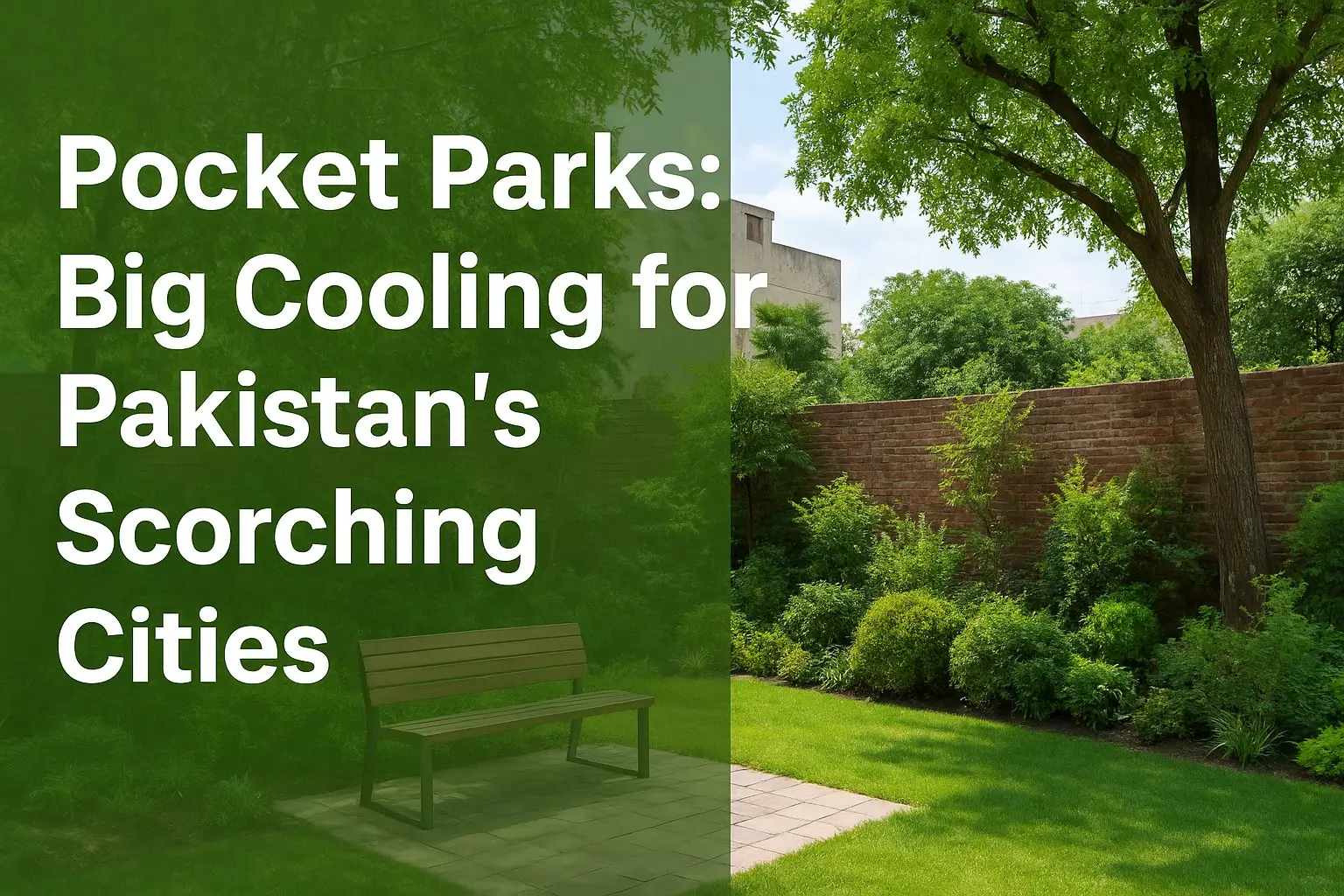

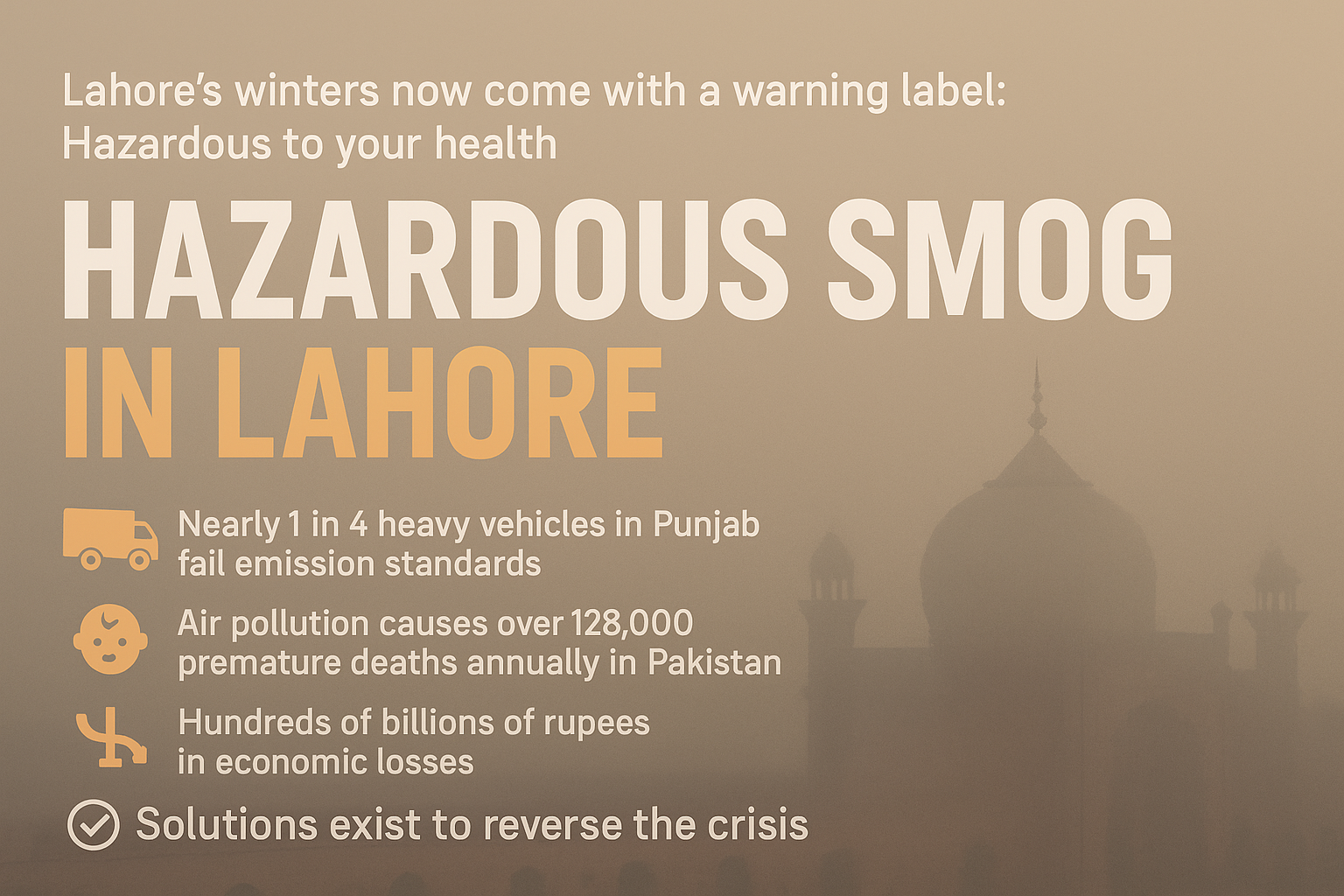
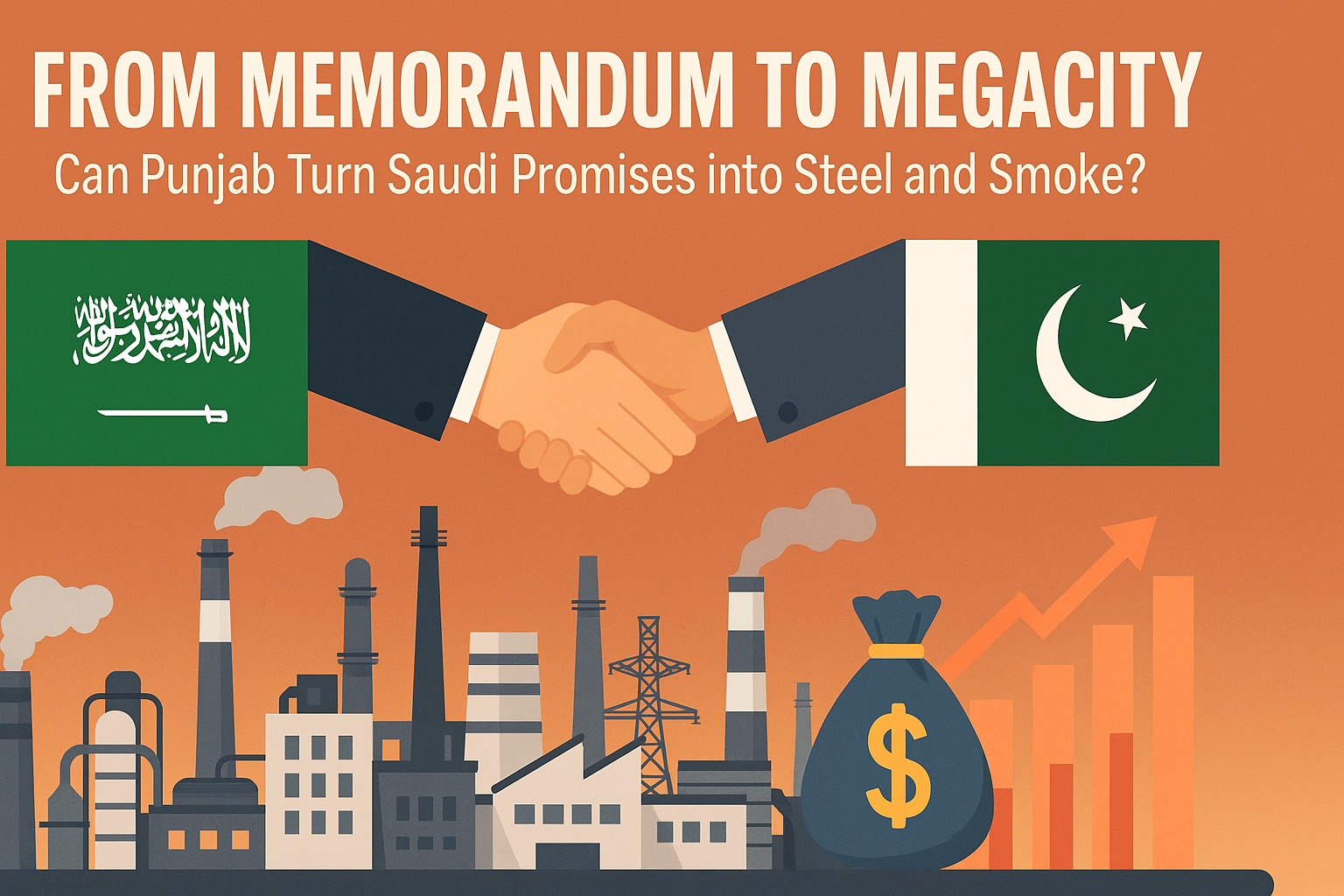
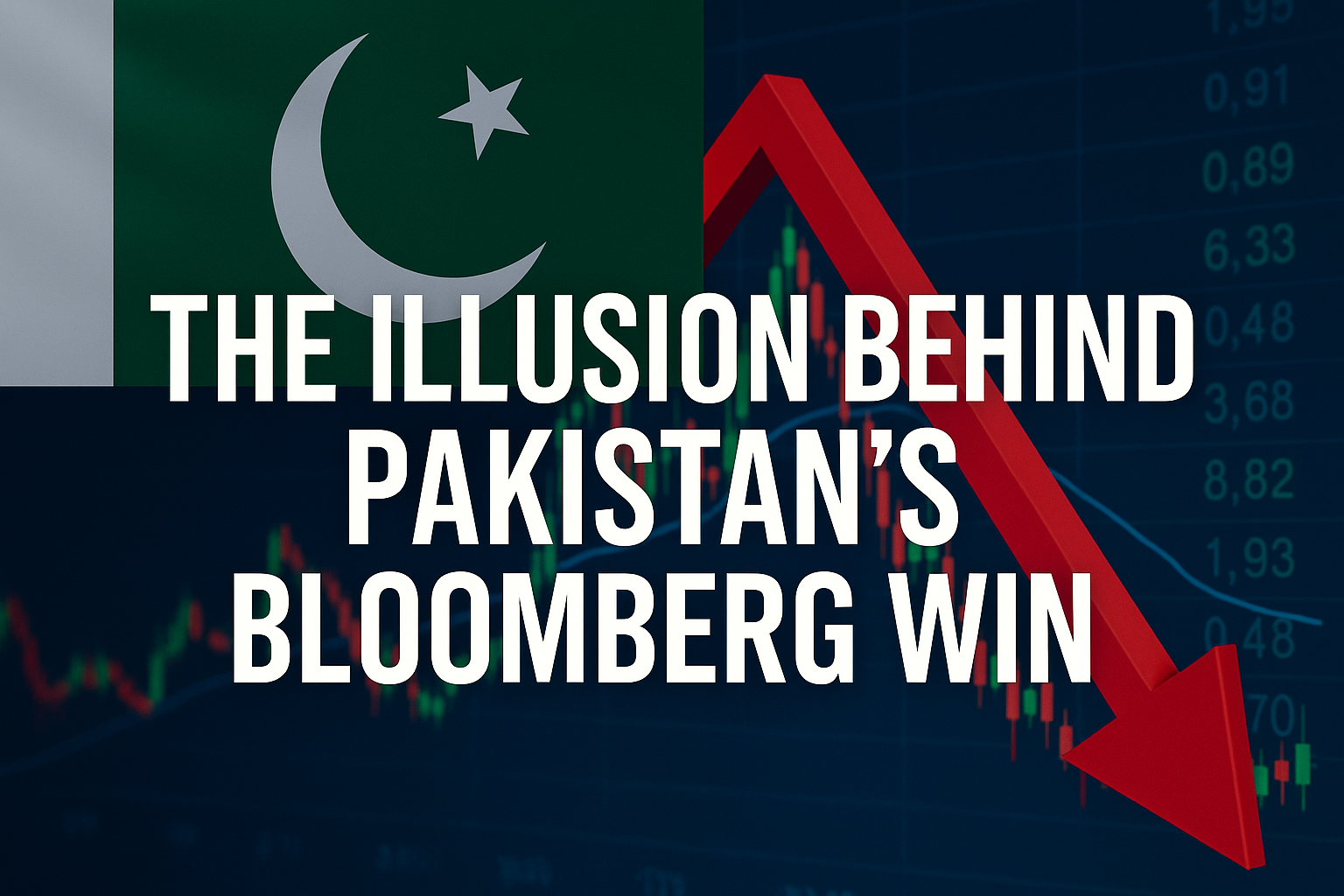

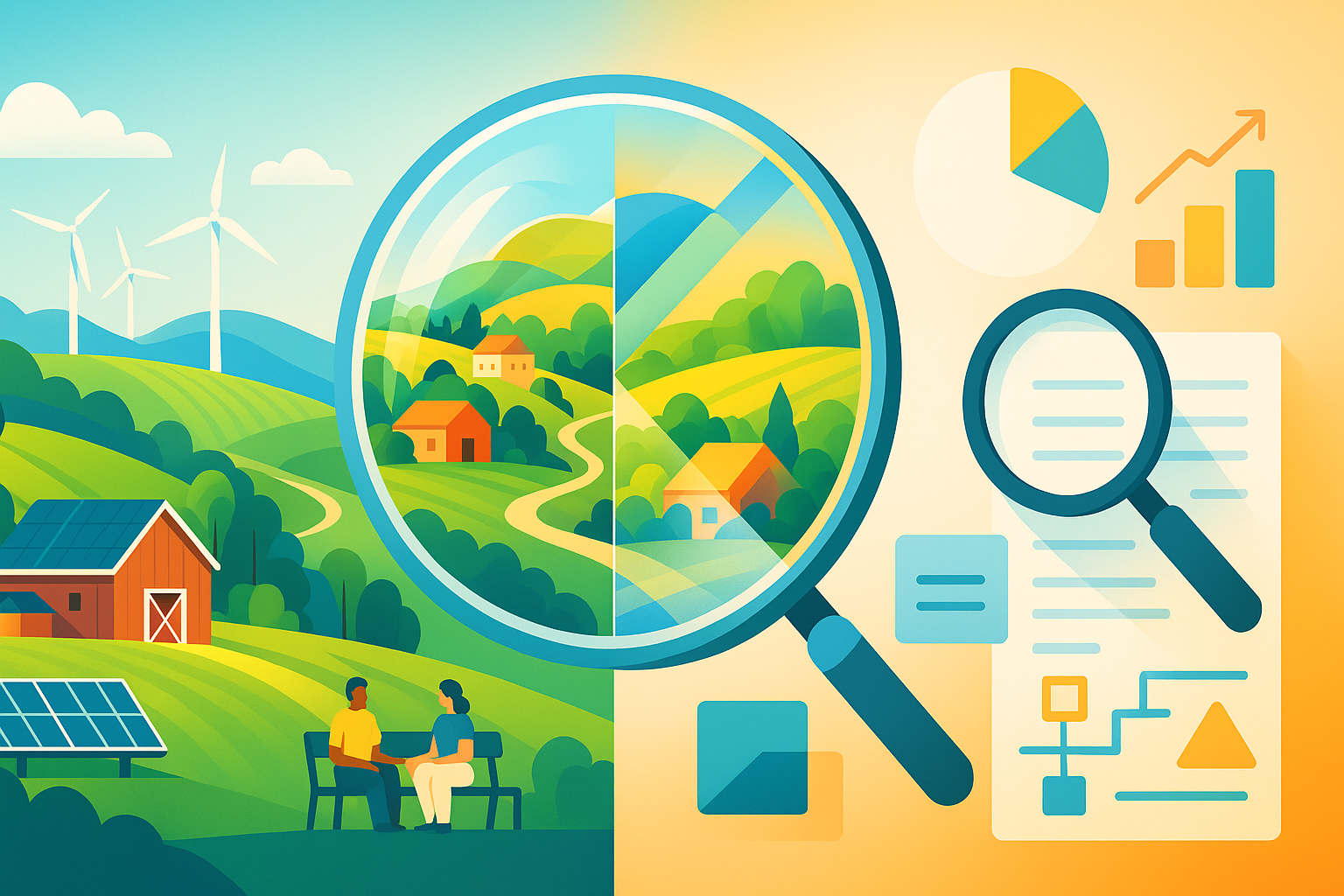
Leave a Reply